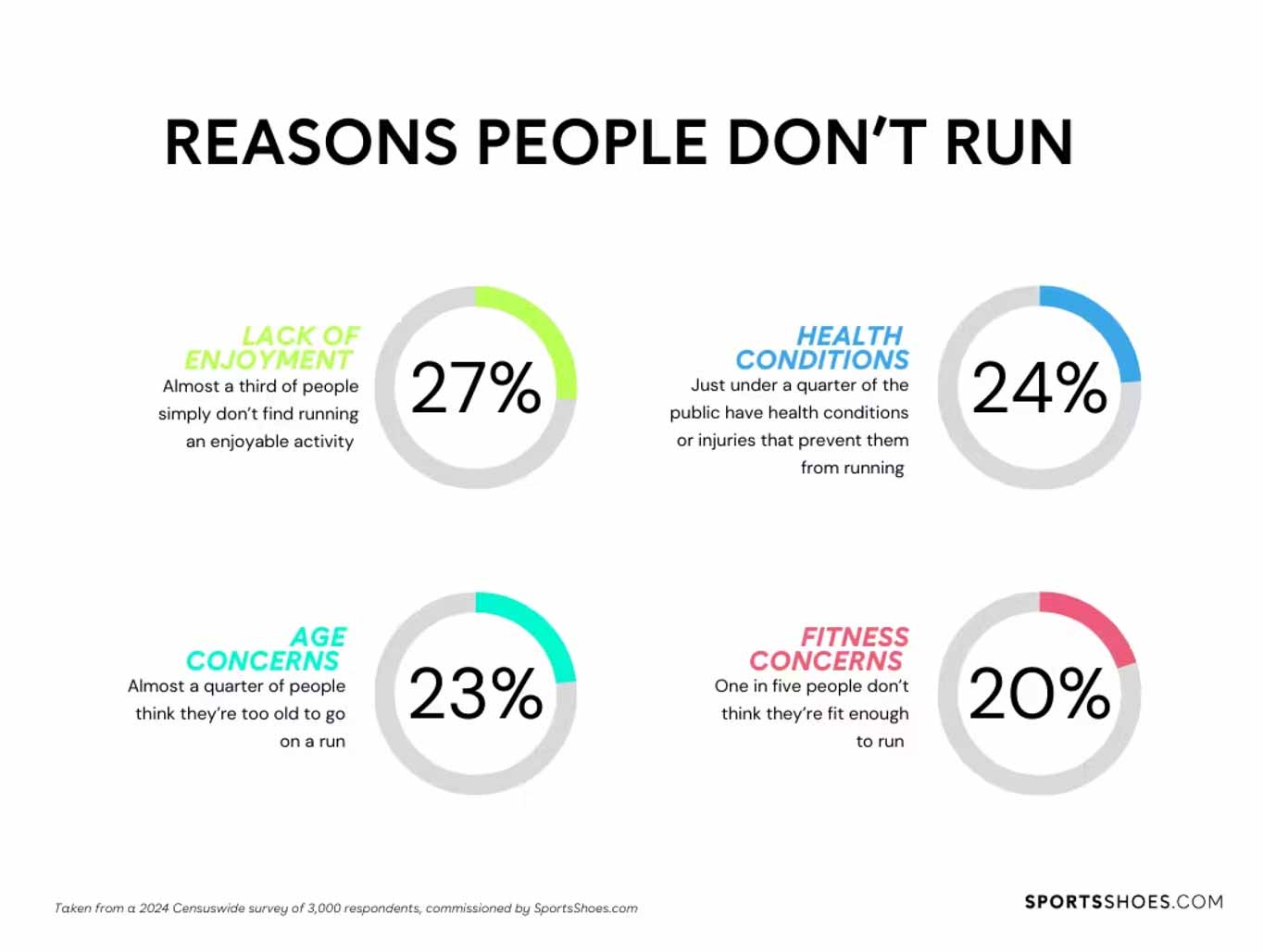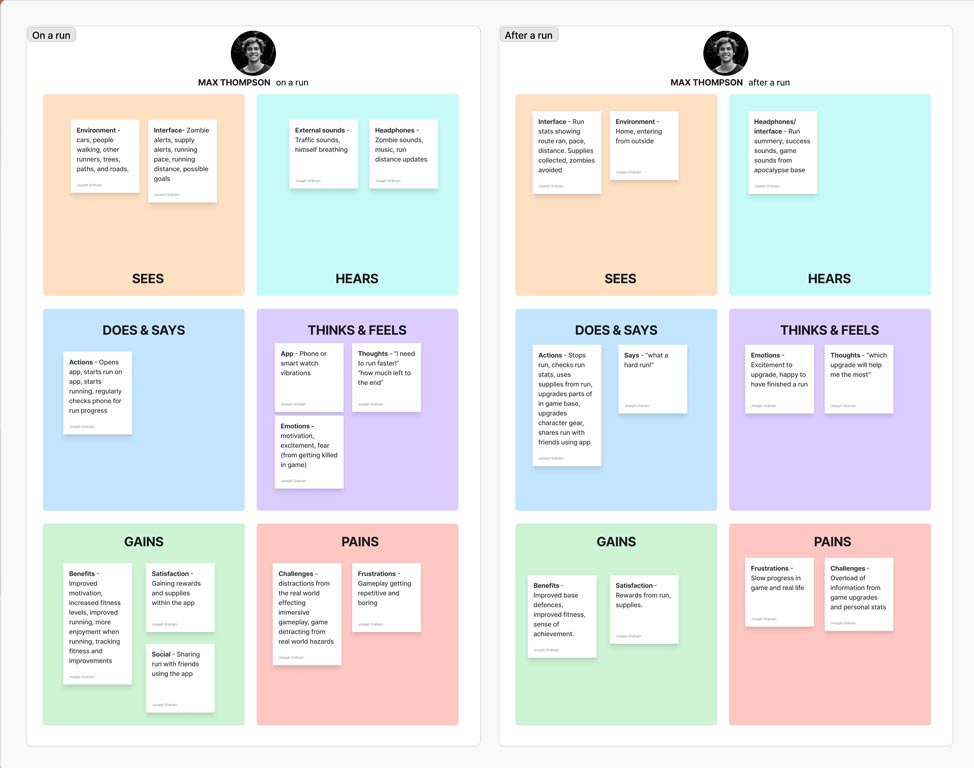Before jumping into designing the running app, it was crucial to understand the behaviours, motivations, and challenges of potential users. Research played a critical role in defining the target audience, identifying why people run, and uncovering the barriers that stop them.
Who is the audience?
To define the target audience, three key data points were analysed:
- Age demographics of frequent runners – Identifying the most active running age groups.
- Age groups using fitness apps – Understanding technology adoption among runners.
- Age groups engaged in video gaming – Exploring the crossover between gaming and fitness motivation
By combining these insights, the target audience for the app emerged: individuals aged 16 to 40, who actively run, engage with digital fitness tools, and are interested in gaming.
(Data sources: Statista and Our Sporting Life)
Why do people run?
Further research explored why people run, in particular the target age group of 16 – 40. It was found that on average the target audience ran for weight loss and better mental health.
(Data sources: Sports Shoes)
What stops people running?
It's also important to understand why people stop running, as this project's goal is to increase motivation to run. A survey by SportsShoes found that many people struggle with consistency due to a lack of enjoyment. This insight directly informed the project’s approach, leveraging gamification to make running feel rewarding rather than routine.
(Data sources: Sports Shoes)

Competitor Analysis
To explore how existing apps enhance motivation and engagement in running, a competitor analysis was conducted. This helped identify pain points, strengths, and opportunities to differentiate the app, creating a unique experience.
Two standout apps, Strava and ZRX (formerly Zombies, Run!) provided valuable insights into how runners stay engaged. Strava excels in competitive and community-driven motivation, while ZRX leverages immersive storytelling to transform running into an engaging interactive experience.

